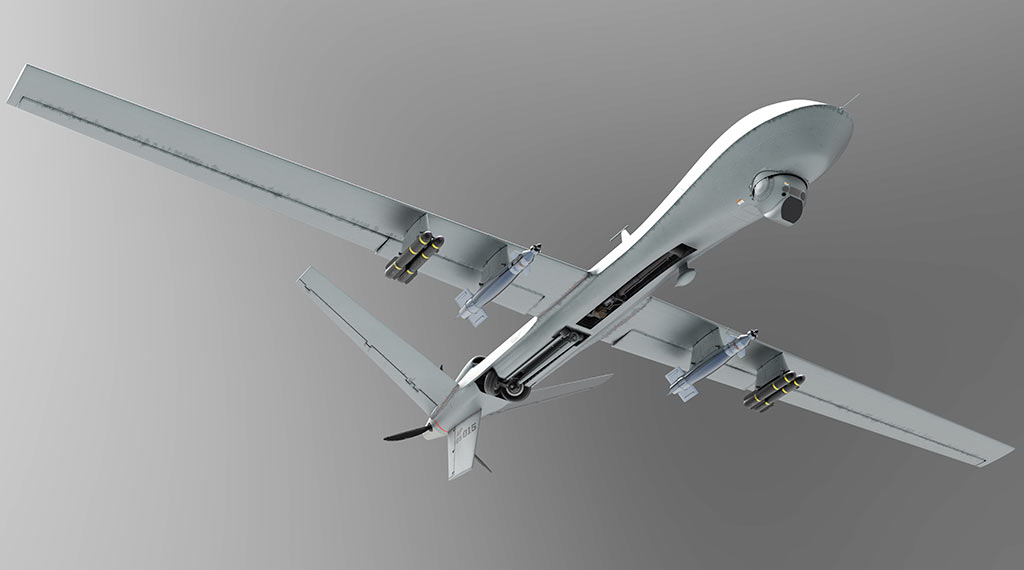US officials whisper to Congress that because the Iranian drones are made from easily available commercial parts there is nothing that can be done. But such claims simply are not true. Iran’s access to outside technology for its drones can be stopped but it will take smarts and leadership.
Consider the engine in the Iranian Quds Mohajer-6 drone now being used by the Russians in Ukraine. It’s powered by an Austrian company, Rotax, owned by US and Canadian firms.
The Mohajer-6 is an ISTAR (intelligence, surveillance, target acquisition, and reconnaissance) platform that also can carry four precision strike missiles. One Mohajer shot down in Ukraine features a Rotax 914 engine that generates 115 horsepower.
Mohajer-6 is similar to Turkey’s now-famous Bayraktar TB-2 drone, which has a Rotax 912-IS engine generating around 100 horsepower. (The 914 is an updated version of the 912.)
Rotax, acquired by Bombardier in 1970, manufactures its engines, parts and related technology in Austria by Bombardier Recreational Products (BRP). In 2003, BRP was sold to Bain Capital (50%), the Bombardier Family (35%) and Caisse de dépôt et placement du Québec (15%). Bain Capital is based in Boston. One of Bain Capital’s co-founders is Senator Mitt Romney.
BRP’s line of Rotax engines is the most popular engine of its type in the world and is used in aviation, motorcycles and recreational vehicles. BRP has distributors around the world and a service center in Iran.
In a statement about the Rotax engine found in the Mohajer-6, the company said that it “has not authorized and has not given any authorization to its distributors to supply military UAV manufacturers in Iran or Russia.”
The company statement did not mention whether it had sold engines to Iran for “civilian” use, but the fact that a repair center was set up in Iran suggests that a large number of Rotax engines have been sold there.
This is not the first time Rotax has been in the spotlight. During the Nagorno-Karabakh war (started September 2020), the Turkish Bayraktar drone in combination with Israeli ISTAR and suicide drones (for example, Hermes, Harop) devastated Armenian military radars, ground forces and command centers. Rotax then suspended the delivery of engines to Turkey after coming under pressure from the Canadian government.
Canada had previously stopped the sale of military equipment to Turkey in 2019. But by 2020 the ban was apparently lifted. In any case, the ban did not prevent the export of Rotax engines from Austria and the export to Turkey of Wescam CMX-15D airborne targeting imaging systems made in Canada by a US company, L-3Harris Technologies.
Rotax engines are used in US and Israeli-made drones such as US General Atomics MQ-4 Predator (Rotax 914 F) and Israel Aerospace Heron drone (Rotax 914).
Given the ownership of BRP, shared between the US and Canada, it is unclear why the US and Canadian governments would have not apparently launched an investigation into the circumstances of the engine deliveries to Iran. After all, Iran is sanctioned by the US and EU.
Read more.

